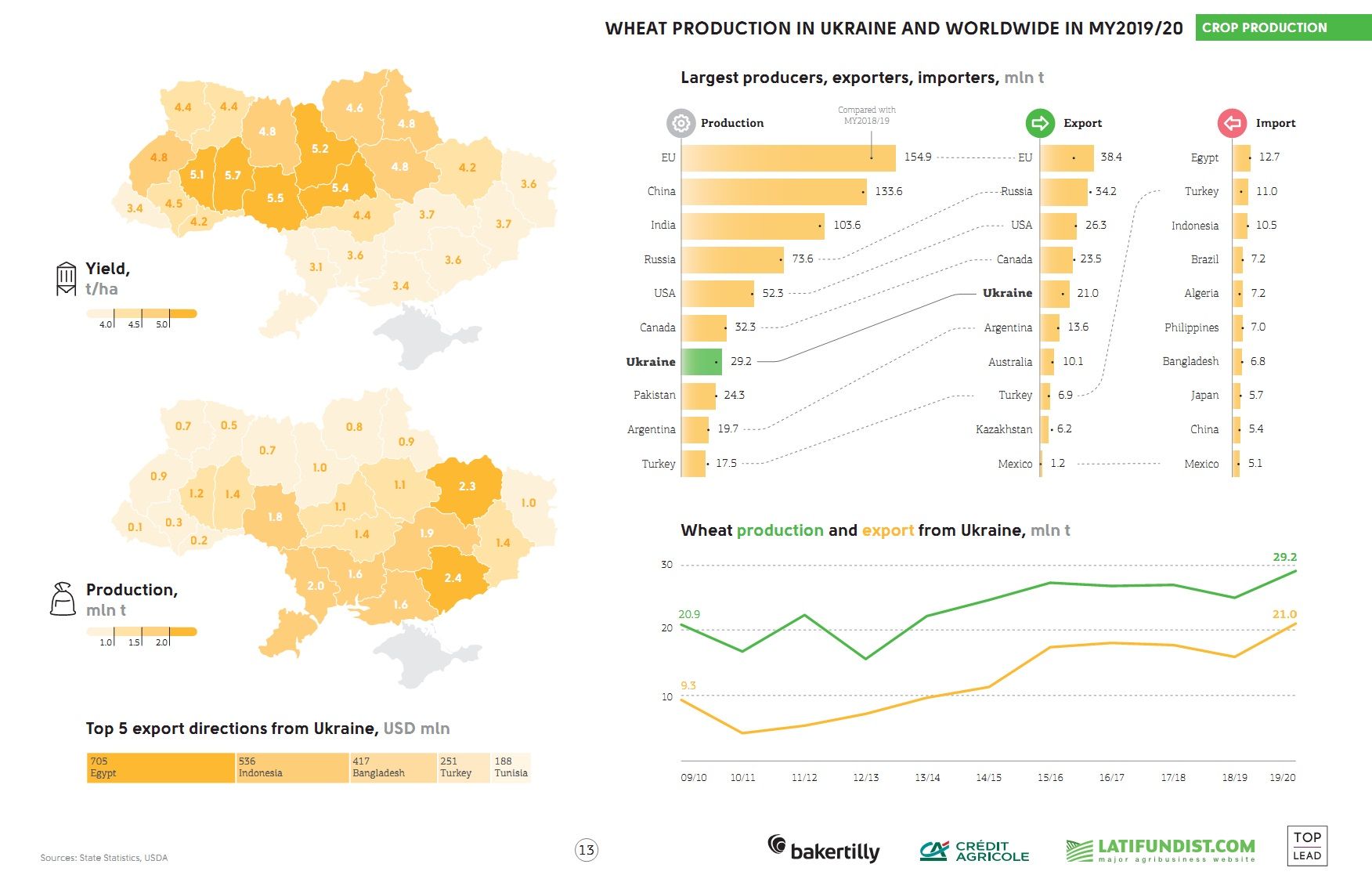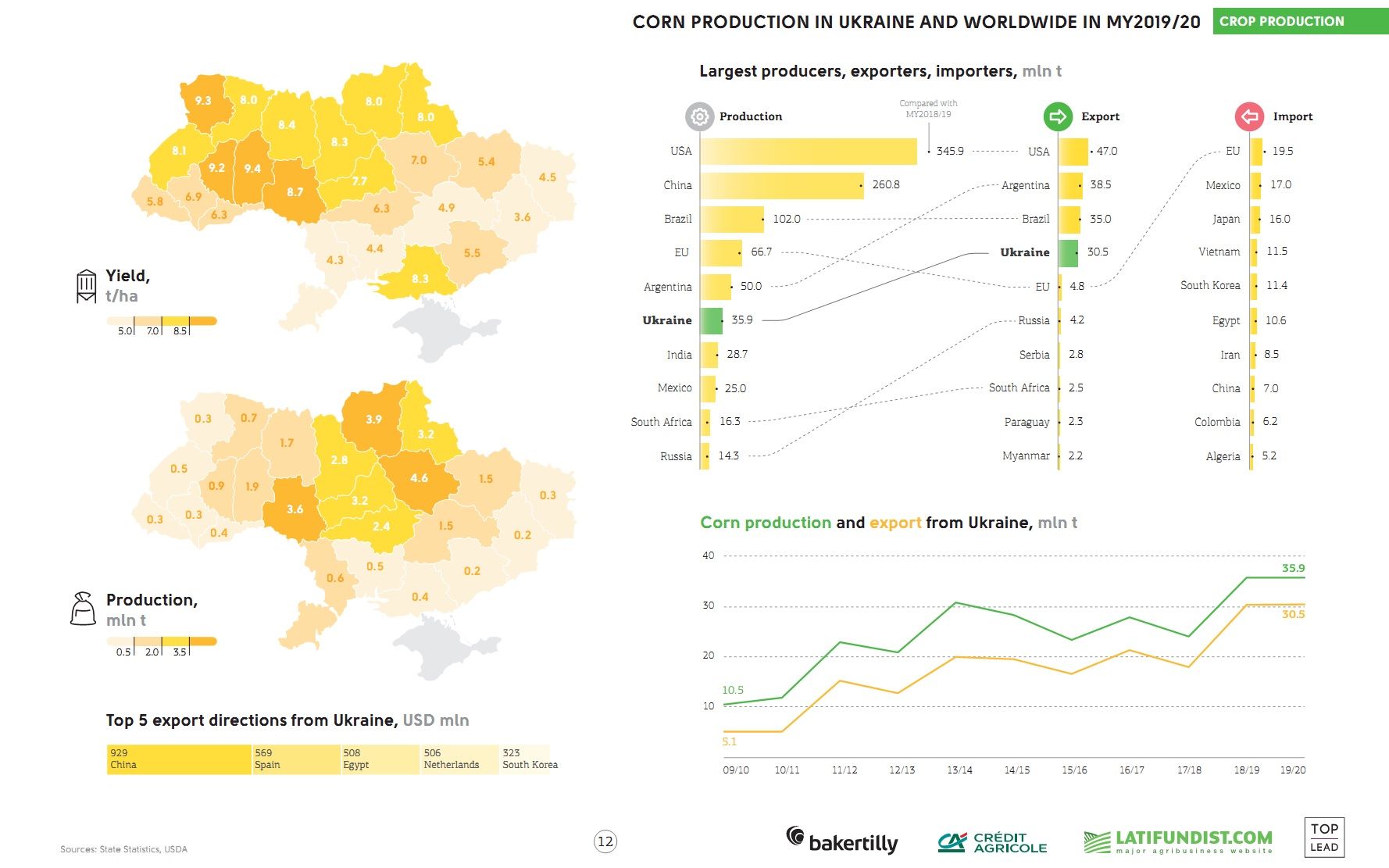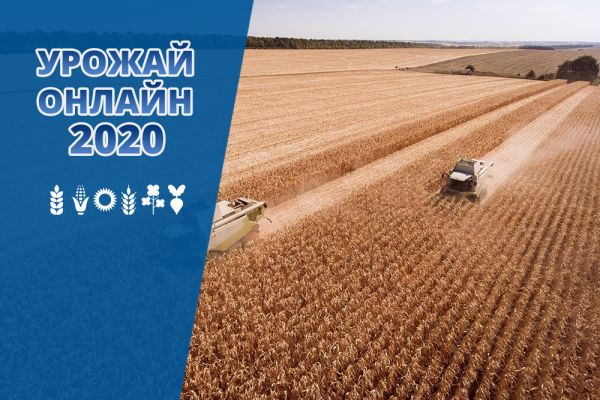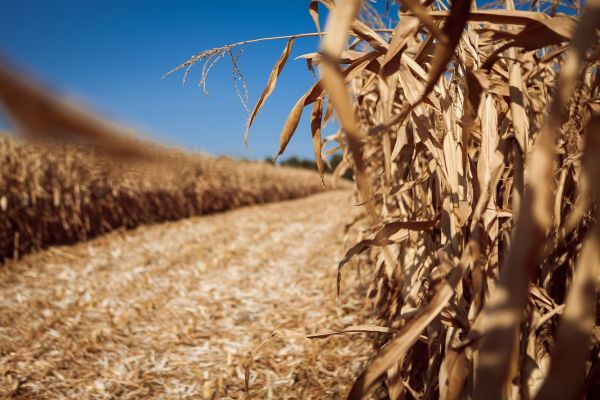FAO cut its global grains production forecast for 2020/21
In its November report, the Food and Agriculture Organization (FAO) lowered its corn production forecasts in the European Union (EU) and Ukraine, where continued adverse weather has further reduced yield prospects, as well as in the United States of America (USA) on smaller acreage.
FAO’s forecast for 2020 world grains production is reduced for a second consecutive month, by nearly 13 mln t, largely on expectations of diminished world coarse grains production. Despite the downward revisions, global cereal output is still forecast at a record 2 750 mln t, surpassing the 2019 output by 1.6%.
"The global wheat production forecast for 2020 is also trimmed by 2.3 mln t and now stands at 762.7 mln t, just short of the 2016 record level. This reduction largely rests on lower output expectations in Ukraine, as well as in Argentina, where persistent dry weather curtailed yield prospects," the report reads.
Planting of the 2021 winter wheat crop has begun in the northern hemisphere. Encouraged by higher prices, farmers are expected to expand plantings in several main producing countries, notably in the EU where production could rebound in 2021 from the low outturn this year.
In the USA, 2021 winter wheat planting is progressing at a generally quick pace and the sown area is expected to remain broadly unchanged on a yearly basis. However, a continuation of reduced rainfall in the southern and central parts of the Great Plains could curb yields. Similarly, scarce precipitation in the Russian Federation might stifle early crop development, while low soil moisture levels in Ukraine could lead to below-average planted area. In Asia, remunerative prices and generally ample agricultural input supplies are expected to sustain above-average wheat acreages in China, India and Pakistan.
As of November 2, agriproducers in Ukraine harvested 70.5 mln t of main crops on 21.8 mln ha, of which grains and legumes total 53.5 mln t harvested on 13.5 mln ha, making up 88% of the planned areas.






